As IranWire has reported, hundreds of Iranians have sustained severe eye injuries after being hit by pellets, tear gas cannisters, paintball bullets or other projectiles used by security forces amid a bloody crackdown on mainly peaceful demonstrations. Doctors say that, as of now, at least 580 protesters have lost one or both eyes in Tehran and in Kurdistan alone. But the actual numbers across the country are much higher. The report concluded that such actions by the security forces could constitute a “crime against humanity,” as defined by Article 7 of the Rome Statute.
IranWire has explored this question more deeply in an interview with Professor Payam Akhavan, a prominent human rights lawyer, special advisor to the Prosecutor of the International Criminal Court and a former member of the Office of the Prosecutor of the International Criminal Tribunal for the Former Yugoslavia.
IranWire is aware of more than 50 serious eye injuries sustained by protestors and bystanders over the past five months. With the help of independent ophthalmologists, we have reviewed the medical records of around a dozen individuals and compiled a comprehensive medical report.
In the series of reports “Blinding As A Weapon,” IranWire presents the victims’ stories told in their own words. Some have posted their stories, along with their names and pictures, on social media. Others, whose real names shall not be disclosed to protect their safety, have told their stories to IranWire, which can make their identities and medical records available to international legal authorities.
This is the story of Matin Hassani, a 23-year-old man who lost an eye during nationwide protests more than three years ago. He recently took to Instagram page to tell his story.
***
In November 2019, Iran was swept by demonstrations sparked by fuel price hikes. It has been reported that 1,500 protesters lost their lives in one of the most violent crackdowns by the Islamic Republic on protests.
At the time, Hassani was living with his mother in Bukan, a Kurdish town in West Azerbaijan province, and was studying architecture in the provincial capital, Tabriz.
Hassani celebrated his 19th birthday on November 13 with his mother, who had been raising her only child alone for seven years, and his fiancé.
Four days later, he joined protests on the town’s main square, where he was shot by security forces amid smoke and gunfire. A riot police squad was deployed on the square, and snipers were positioned on the roofs.
Several pellets grazed Hassni’s legs and stomach. One projectile penetrated one of his eyes, split the eyeball and lodged behind the retina, causing permanent blindness to the eye.
Protesters carried the young man to a nearby street as his eye was bleeding profusely. Pain was excruciating, and Hassni wrote on his Instagram page that he felt like his “eyeball had been pushed out of its socket.”
Hassni was transferred overnight to a hospital in Tabriz, where he underwent three surgeries over the course of one week, which caused damage to his cornea and retina. His family then decided to bring him to Tehran for further treatment. All the clinics they visited there recommended that his eye be drained.
But Hassani and his mother refused, and an eye surgeon informed them he could save the eye but could not restore its sight.
After oil was injected behind his retina, the man had to lie on his belly for several days to allow the retinal to adhere properly. But Hassani was unable to follow this requirement.
Handcuffed and Taken To Detention in a Wheelchair
Security officers stormed the hospital, handcuffed Hassni and took him in a wheelchair to a police station.
Accused of being a "troublemaker" to the public, he was interrogated, slapped and insulted for several hours.
“Being both Kurdish and Sunni, your crime is different from others,” an interrogator told him.
Hassani was later taken to the prosecutor’s office in Tehran’ Evin prison where he was questioned again over his involvement in the “riot” and was asked whether he had cursed Supreme Leader Ali Khamenei.
He was released after he and his mother managed to gather 600 million rials (5,000 US dollars at the time) that the Evin court ordered him to pay.
Dr. Ruzbeh Esfandiari, a former doctor with Tehran Emergency Services, tells IranWire that damage to Hassni’s eye would have been less severe if he had followed the medical recommendations, including sleeping on his stomach for at least 24 hours after surgery.
“In some cases, the level of vision may improve after surgery, but when medical care is not properly administered, and physical trauma is involved, surgery may not lead to the expected results,” he said.
The pictures that Hassani recently posted on Instagram show him with the families of people who were killed during the 2019 protests and with demonstrators who were injured in the eyes.
Hassani must travel to Tehran every six months for medical examinations.
He has been unable to continue his studies in architecture and decided to embark on a career in elementary education.
His mother worked tirelessly in a restaurant to support him and ensure he could continue his studies.
visit the accountability section
In this section of Iran Wire, you can contact the officials and launch your campaign for various problems












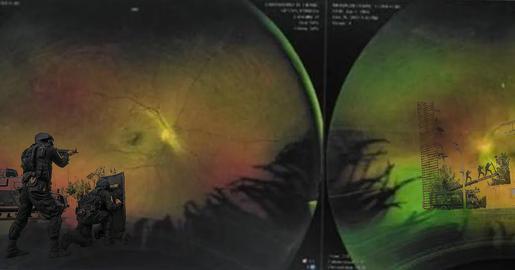
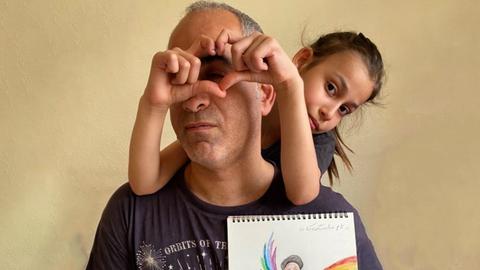
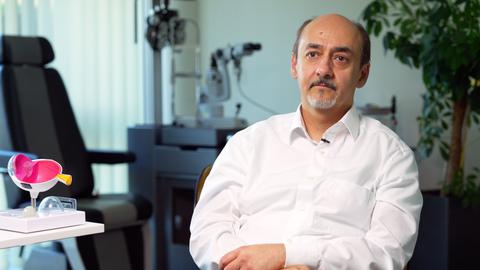



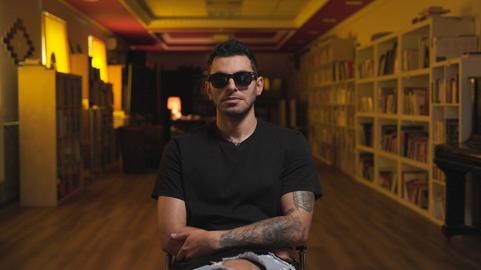


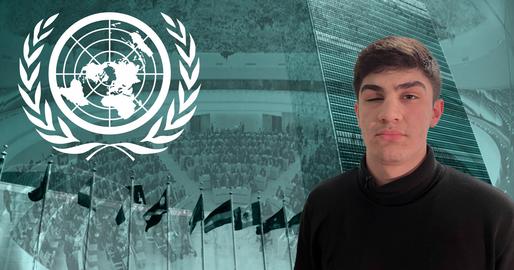



comments